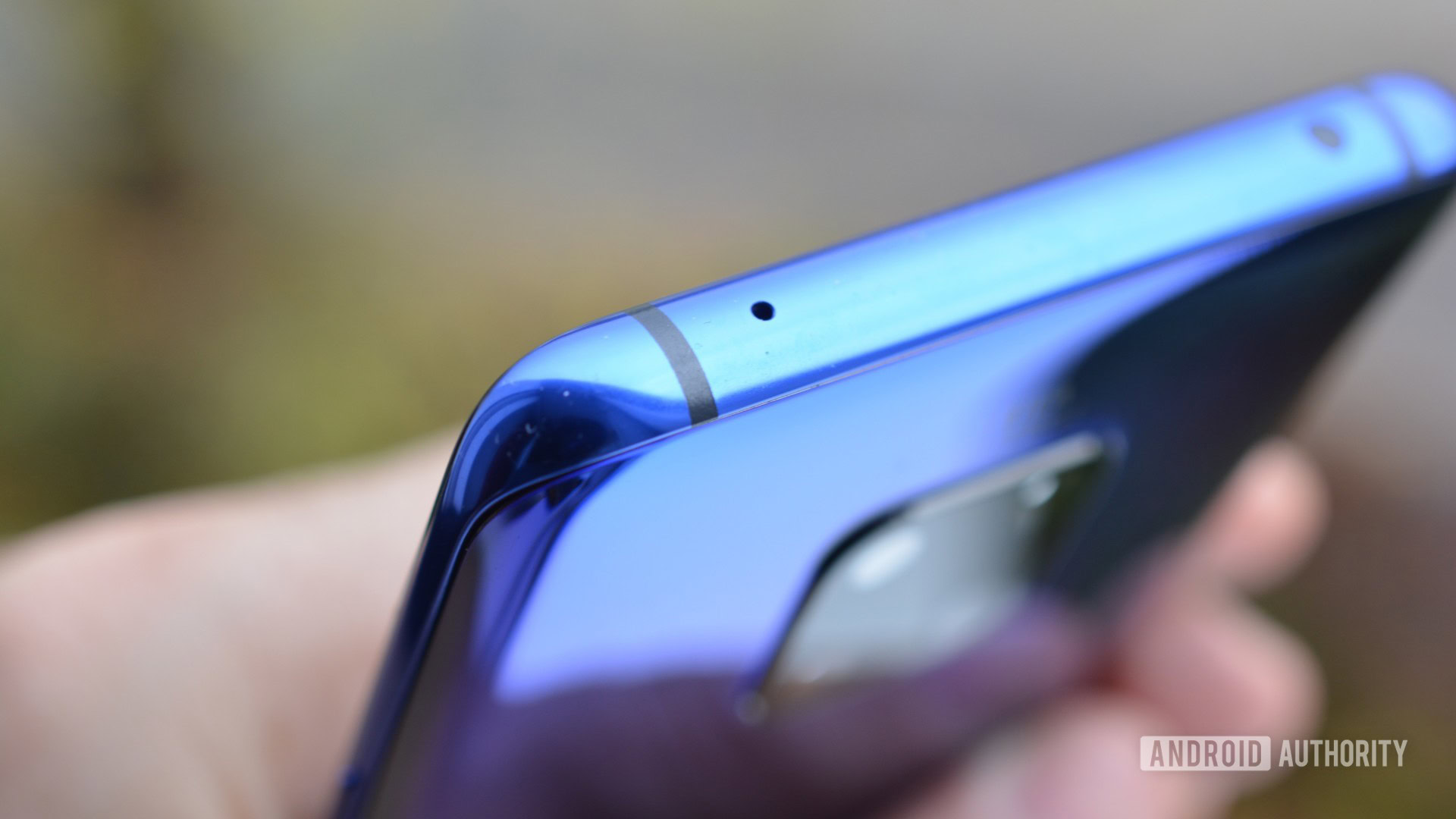Affiliate links on Android Authority may earn us a commission. Learn more.
Android Q could deliver better audio thanks to these microphone improvements

- The latest Android Q developer preview offers support for directional, zoomable microphones.
- This feature will let apps specify a focus direction for a smartphone’s microphones.
- This functionality could be handy for journalists and vloggers recording selfie videos.
The second Android Q developer preview is now available, and it delivers several more features and tweaks. One of these additions could be a boon for vloggers, journalists, and consumers in general.
Android Q’s latest preview now brings native support for “directional, zoomable microphones” via a MicrophoneDirection API. This means apps can now specify a direction for the microphones to focus when recording audio.
“For example, when the user is taking a ‘selfie’ video, you can request the front-facing microphone for audio recording (if it exists)…” reads an excerpt of a Google blog post. Meanwhile, more Google documentation reveals that developers can optimize audio coming from the back of the phone and external microphones too.
This ability should theoretically result in louder, clearer sound when vlogging, filming an interview, or recording a live gig. This wouldn’t be the first time we see the feature either, as LG smartphones have offered a microphone directivity feature for several years now. The LG feature allows you to drag a UI element to adjust directivity towards the front or back of the device.

Furthermore, the MicrophoneDirection API will also offer support for zoomable microphones. This will let smartphone users focus on a specific subject or range when recording audio. Again, this seems very similar to HTC’s flagship phones, which offer an Acoustic Focus or Sonic Zoom feature.
Taken together, it’s clear that Android Q should bring a better audio recording experience to smartphones. But I wouldn’t mind a few more LG features coming to Android phones at large, such as wind filter functionality and gain controls.
What would you like to see in Android Q? Give us your answer in the comments!
NEXT: Android Q now lets you choose your own notification swipe directions